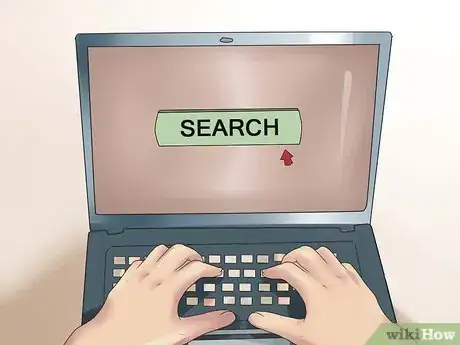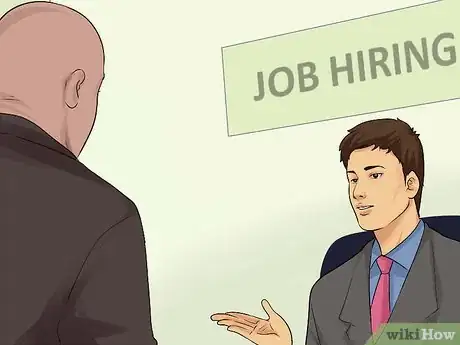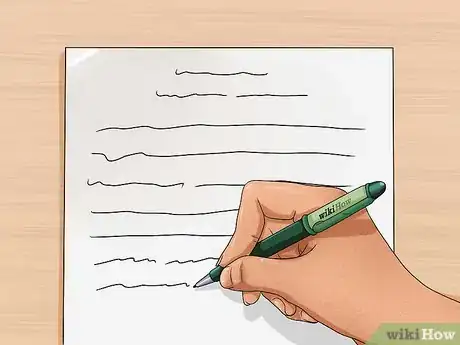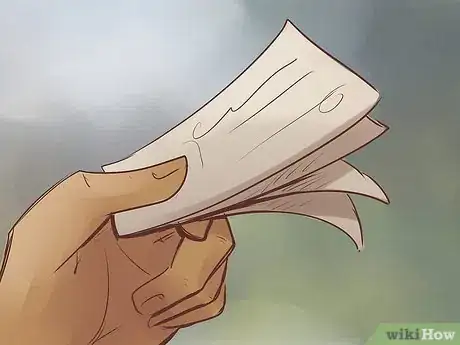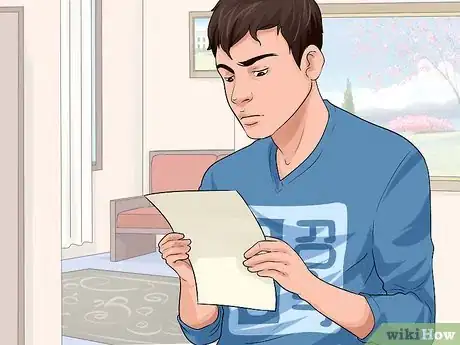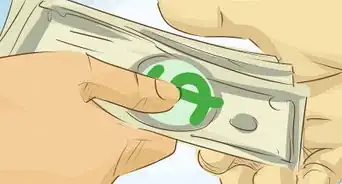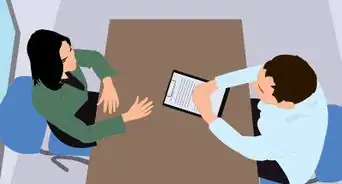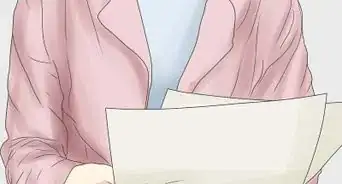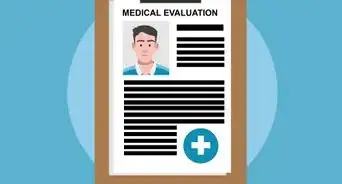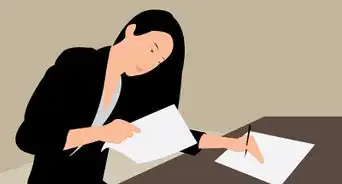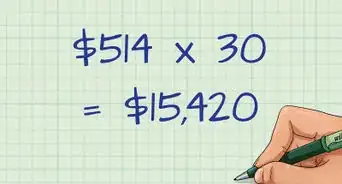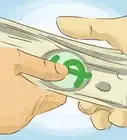X
This article was co-authored by Clinton M. Sandvick, JD, PhD. Clinton M. Sandvick worked as a civil litigator in California for over 7 years. He received his JD from the University of Wisconsin-Madison in 1998 and his PhD in American History from the University of Oregon in 2013.
This article has been viewed 44,811 times.
In order to receive unemployment benefits, you need to have been laid off from your job. Then you need to apply for benefits with the appropriate government office. After you begin receiving benefits, you often need to prove that you are looking for work but remain unemployed. To do this, you will need to write down the names and contact information for the jobs you have applied for.
Steps
Part 1
Part 1 of 2:
Understanding Unemployment Insurance
-
1Understand unemployment benefits. While you are employed, your employer pays a tax to both the federal and state governments. This tax is used to provide unemployment benefits to workers who are laid off through no fault of their own.[1]
- In order to be eligible to draw benefits, you will need to have worked a sufficient amount of time and earned a minimum amount in wages, as determined by your state.
-
2Contact your state’s unemployment agency. Every state requires that you be actively looking for work in order to continue to draw unemployment insurance compensation.[2] However, each state will define “actively looking for work” differently. Also, they will have different ways for you to prove that you are looking for work but still unemployed.
- To find your state’s agency, type “unemployment compensation” and your state into your favorite web browser.
Advertisement -
3Get your state’s handbook. Each state should publish a handbook on unemployment insurance which guides you through the process of claiming benefits.[3] You should get or download a copy. This handbook should contain information on how you certify that you are actively looking for work but remain unemployed.
Advertisement
Part 2
Part 2 of 2:
Proving Unemployment
-
1Write down businesses you have contacted. In some states, you need to submit to your state agency a list of businesses you have contacted about work. The agency requests this information so that it can check that you remain unemployed because you cannot find suitable work.
- Write down the places where you applied for jobs, as well as the date.[4] Also write down the name and phone number of any contact person at the business.
-
2Sign a sworn statement that you are seeking work. Other states will require you to swear that you cannot find work but are nevertheless actively looking.[5] You can usually certify this statement electronically, when you submit your bi-weekly request for benefits.
-
3Hold onto your unemployment check receipts. If you need to prove to a third party that you are currently unemployed, then you can do so by holding onto the receipt that you receive with your unemployment check every two weeks. If you receive direct deposit, then print off any email receipt.
- You might also be able to view your payment history at the state’s website.[6]
- Sometimes, private organizations (like charities) will need to see that you are unemployed before they will extend benefits to you. You can show them your collection of receipts so that they can document the period during which you have been unemployed.
-
4Keep your eligibility letter. After you apply for benefits, the state agency should contact you and tell you whether or not you qualify for benefits. Often, they will send a letter.[7]
- Hold onto this letter in case you need to show it to someone. It can also serve as proof that you are currently unemployed.
Advertisement
References
- ↑ https://www.irs.gov/Individuals/International-Taxpayers/Federal-Unemployment-Tax
- ↑ http://www.nolo.com/legal-encyclopedia/do-i-submit-proof-im-searching-job-unemployment.html
- ↑ http://www.nolo.com/legal-encyclopedia/do-i-submit-proof-im-searching-job-unemployment.html
- ↑ http://www.ides.illinois.gov/IDES%20Forms%20and%20Publications/CLI105L.pdf
- ↑ http://www.nolo.com/legal-encyclopedia/do-i-submit-proof-im-searching-job-unemployment.html
- ↑ http://www.ides.illinois.gov/Pages/Unemployment%20Insurance.aspx
- ↑ http://ctlawhelp.org/your-rights-when-you-apply-for-unemployment-compensation
About This Article
Advertisement

